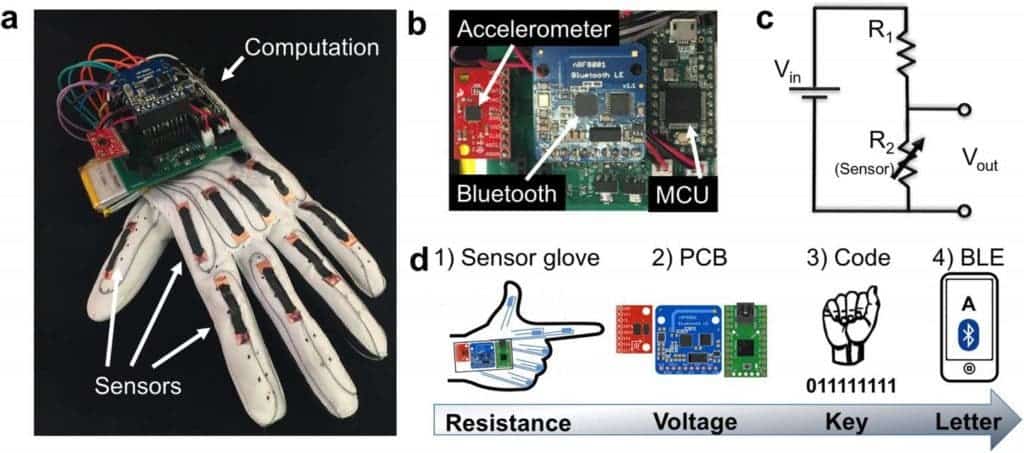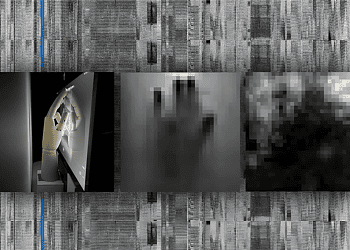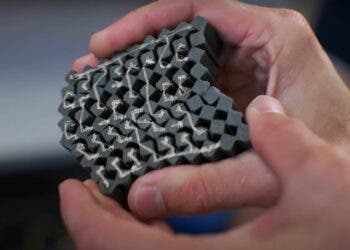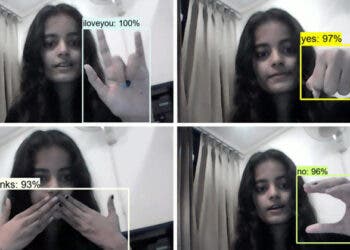
People with speech impairments will be able to communicate better with the rest of the world thanks to an experimental glove packed with bendable electronics. The glove translates gestures corresponding to the American Sign Language alphabet and then wirelessly transmits the information in text form to electronic devices that can show it on a display. The whole cost less than $100 to build — and could become way cheaper in a series production — and has a low power requirement.
Talk to the hand
There are many ways to track the movement of the human body and most methods rely on optical systems involving cameras or infrared emitters/receivers. These yield good results but the drawback is that they consume a lot of power. Moreover, these systems can be cumbersome and even immovable. On the other hand, wearable electronics overcome these constraints, especially if the tracking system is integrated inside a glove which can be used intuitively — you just have to move the hand and digits.
Gloves that track people’s gestures are already proving very useful in applications from virtual reality to telesurgery to military applications involving piloting drones. Now, researchers from the University of California, San Diego, are toying with the idea of reading American Sign Language (ASL) gestures through a similar glove.
Their glove has nine flexible strain sensors, two for each finger and one for the thumb. These sensors are responsible for registering motion by detecting knuckle articulation. An embedded microprocessor interprets the data from the sensors to translate each gesture into ASL letters. Finally, a Bluetooth radio transmits the meaning of the gestures in text format to a device for display, such as a smartphone.
During experiments, the UCSD team proved they could determine all 26 letters of the ASL alphabet accurately. After the knuckles bend for more than 1,000 times during a session, the system loses accuracy, as reported in the journal PLOS ONE.
What’s more, the researchers demonstrated their accuracy by modeling a virtual hand that mimicked real ASL gestures made with the smart glove. Not bad for a $100 prototype.






